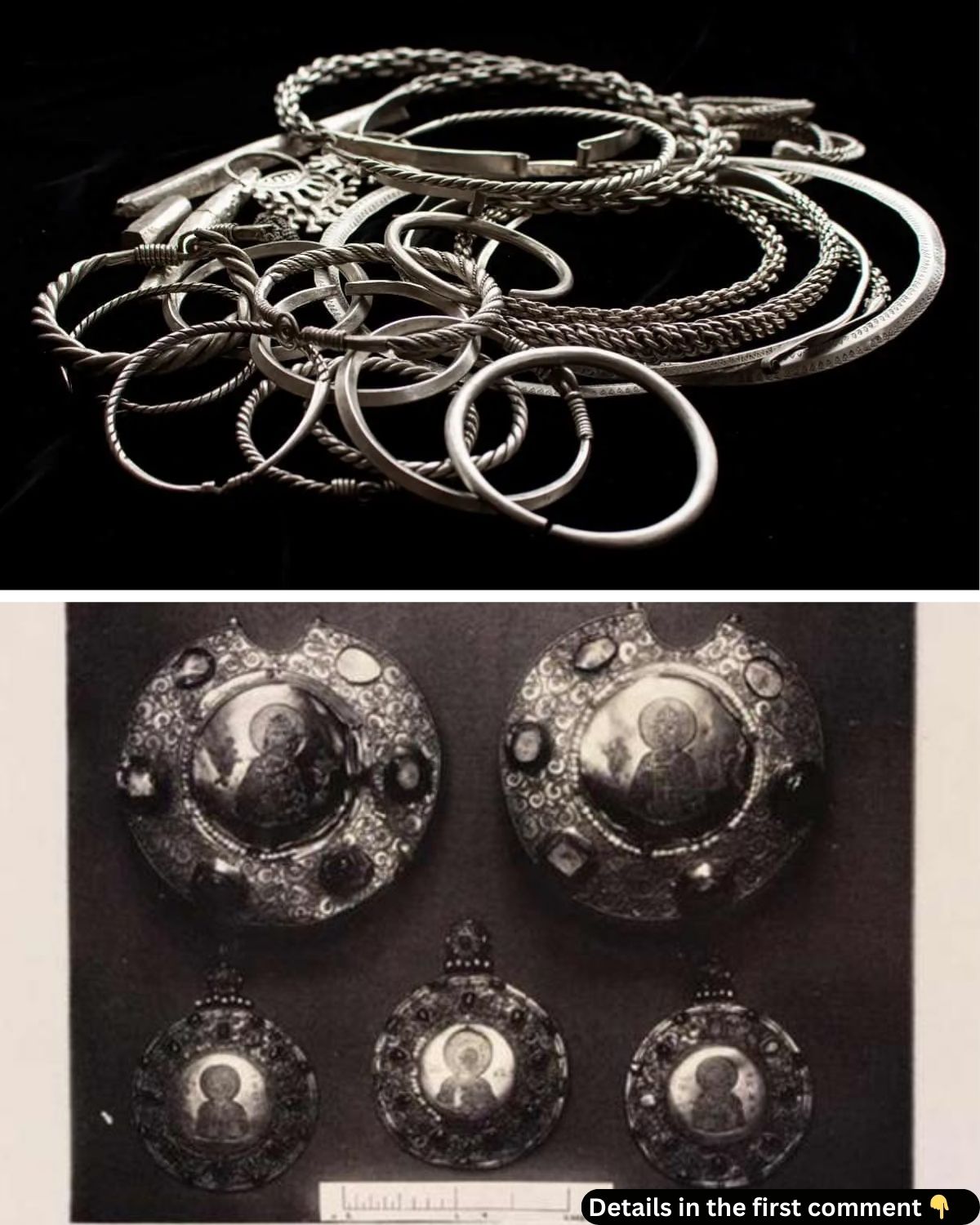In the quiet forests near Old Ryazan, Russia, a remarkable discovery has recently been made that sheds new light on the region’s history. Archaeologists unearthed the Isad Treasure, a hoard of silver artifacts that provide a rare glimpse into the wealth and culture of this ancient city. Old Ryazan, once a vibrant center of trade and power, met its tragic fate during the Mongol invasion of 1237 AD, when the city was ravaged by Batu Khan’s army. Buried in the aftermath of the destruction, the Isad Treasure has now resurfaced, allowing historians to piece together more of Old Ryazan’s rich, though often forgotten, past.
The Mongol Invasion and the Fall of Old Ryazan
The Mongol invasion of the 13th century brought devastation to many of the cities that formed the heart of the Kievan Rus’, including Old Ryazan. On December 16, 1237 AD, the Mongols laid siege to the city, using catapults to break down its walls. Five days later, the city was plundered, its inhabitants slaughtered, and its treasures looted. After the fall of Ryazan, Batu Khan’s horde pushed further into the Vladimir-Suzdal principality, leaving a trail of destruction.
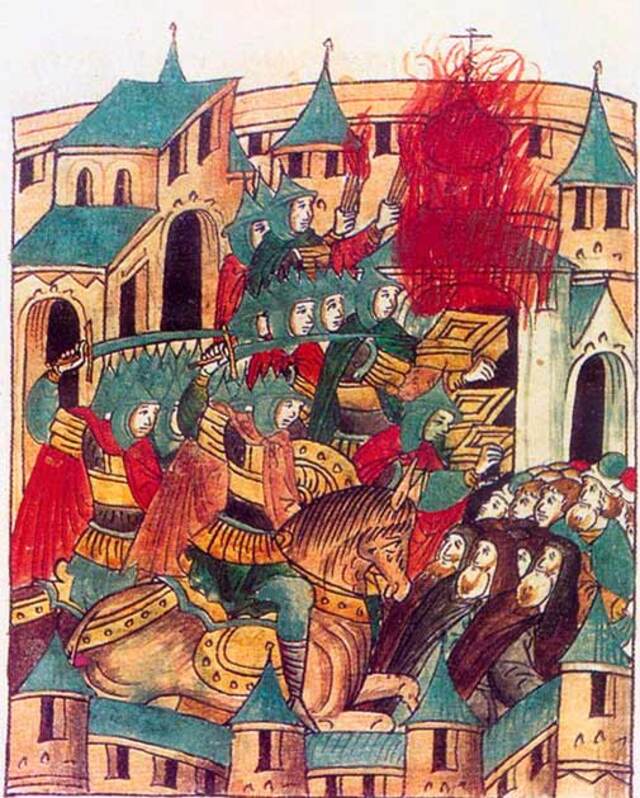
The fall of Old Ryazan was a pivotal event in the Mongol conquest of Eastern Europe. The city, which had once been a prosperous and strategically significant location, was reduced to rubble in a matter of days. The people of Ryazan, in their desperate bid to protect their valuables, may have buried their wealth in the surrounding forests—something that is increasingly evident as more treasure hoards are found in the region.
Video
Tune into this documentary to learn about the destruction of Kievan Rus during the Mongol conquest, exploring the events that shaped Eastern European history.
The Isad Treasure: A Glimpse Into Old Ryazan’s Wealth
In 2021, a team of archaeologists from the Russian Academy of Sciences and the Ryazan Historical and Architectural Museum-Reserve unearthed the Isad Treasure in a remote forested area near the Oka River. This hoard of 32 silver items, including neck torcs, bracelets, rings, and silver ingots known as grivnas, provides invaluable insights into the life of Old Ryazan before its destruction.

Grivnas, which were used both as currency and a measure of weight, offer a glimpse into the trade practices of the time. The silver ornaments found in the hoard, crafted with great skill, likely represent the accumulated wealth of an individual—perhaps a merchant or even a noble who had hoped to safeguard their riches during the Mongol siege. The treasure’s date, which places it in the late 11th to early 12th century AD, also suggests that it predates the Mongol invasion and was likely hidden out of fear of an impending attack.
The Barmy Treasure and Earlier Discoveries in the Region

This discovery was not the first of its kind in the region. In 1822, the famous “Ryazan Barmy Treasure” was found in the same area. This hoard included an elaborate coronation necklace belonging to a Kiev Rus’ prince, a significant item that would later be used in the coronation of czars. Over the years, several other treasure hoards have been uncovered near Old Ryazan, indicating that the region was once home to wealthy elites who likely feared the Mongol invasion.
The Isad Treasure, though distinct from the Barmy Treasure, highlights the continued presence of wealth in the region just before its fall. The intricate craftsmanship and the unique nature of the hoard suggest that it belonged to an individual who valued not only wealth but the cultural heritage of the Kievan Rus’.
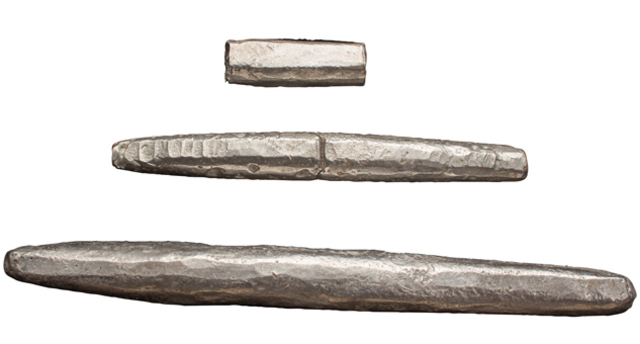
Archaeological Efforts and the Search for More Treasures
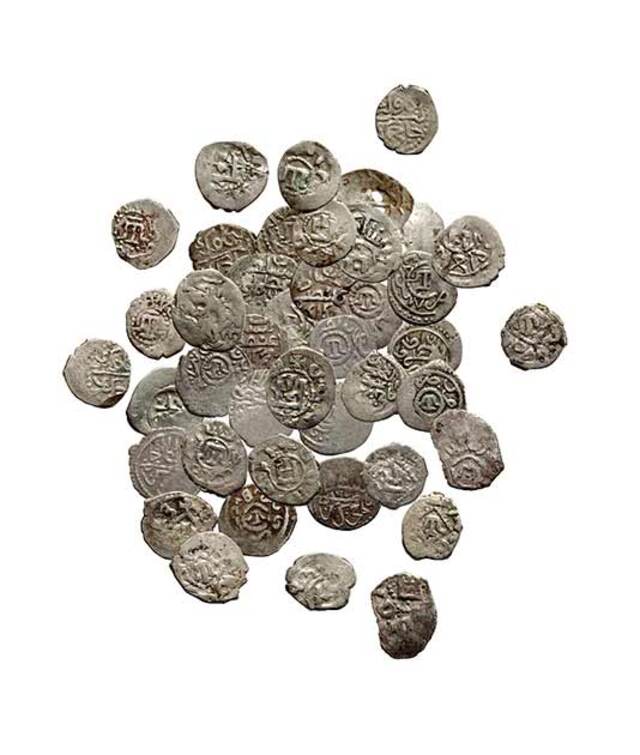
The discovery of the Isad Treasure is the result of careful excavation in the forests near the Oka River. Archaeologists from the Ryazan Museum and the Russian Academy of Sciences focused their efforts on the bend of the river, an area previously studied but not fully explored. The success of this excavation highlights the importance of these remote areas in understanding the history of Old Ryazan and the broader Kievan Rus’ culture.
Ryazan, located near the strategic Volga River, was a key trading hub. As such, it is likely that the buried treasures reflect the wealth accumulated through commerce and the region’s central role in the economic and political dynamics of medieval Russia. Archaeologists have been keenly aware of the potential for uncovering more such treasures, as these discoveries often provide a wealth of information about ancient trade routes, cultural practices, and the people who once lived in these areas.
The Significance of the Isad Treasure in Ryazan’s History
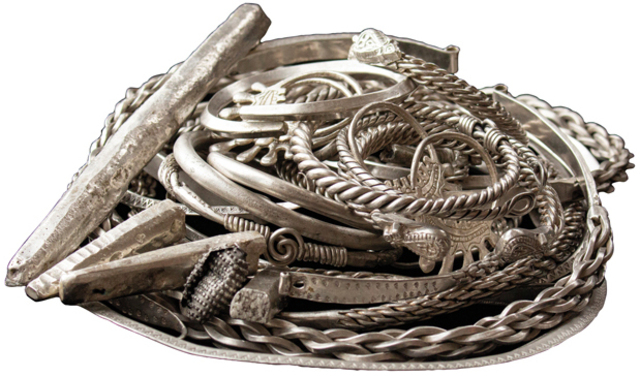
The Isad Treasure is a vital piece in the puzzle of Old Ryazan’s history. While much of the city’s past remains shrouded in mystery, the treasure provides clues to the social and economic structures that existed before the city was razed. Igor Strikalov, an archaeologist with the Institute of Archaeology at the Russian Academy of Sciences, has noted that the style of the treasure’s artifacts marks a shift from more sophisticated to more archaic craftsmanship, suggesting that the hoard belonged to a merchant or wealthy individual from an earlier period.
The Isad Treasure is not only a testament to the material wealth of Old Ryazan but also a cultural artifact that highlights the city’s role in the broader context of the Kievan Rus’. It serves as a reminder of the vibrant society that existed before the Mongols tore through the region and the devastating impact that invasion had on its people.
Looting and Preservation Efforts

The discovery of the Isad Treasure comes at a time when treasure hunting and looting are serious concerns in Russia. Since the Egyptian Revolution of 2011, illegal treasure hunting has escalated, with some gangs even using advanced technology to detect and excavate ancient treasures. Unfortunately, this trend has affected not only Russian archaeological sites but also many others around the world.
In response, Russian authorities have increased efforts to protect cultural sites and recover stolen artifacts. The Isad Treasure, once carefully hidden, is now under the scrutiny of historians and archaeologists who are working to preserve it for future generations. The team’s efforts ensure that these treasures, once scattered and lost, will now be safeguarded and shared with the public through the Ryazan Historical and Architectural Museum-Reserve.
Video
Watch this video to discover the “Archaeological Pearls” of 2021, where two rare treasures of women’s jewelry were uncovered, offering a glimpse into ancient history.
Conclusion
The discovery of the Isad Treasure is a fascinating glimpse into the history of Old Ryazan, offering new insights into the wealth and culture of this once-thriving city. In the shadow of the Mongol invasion, individuals buried their treasures in hopes of preserving their wealth from the destructive forces of the time. The recent excavation of this treasure highlights the importance of continued archaeological research and the need to protect and preserve these artifacts for future generations.
As scholars continue to study the Isad Treasure, it is likely that more stories of Old Ryazan and the Kievan Rus’ will emerge. The treasure serves as a testament to the enduring legacy of the people who lived in this region and their efforts to protect their heritage in the face of overwhelming adversity.
